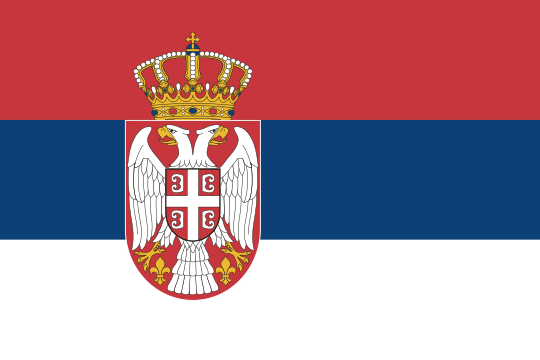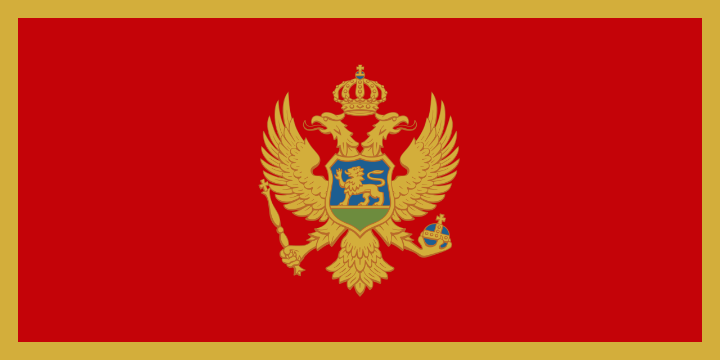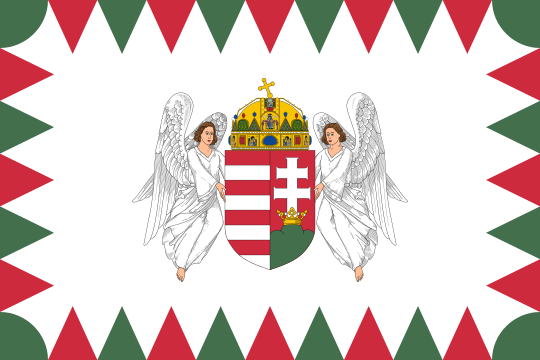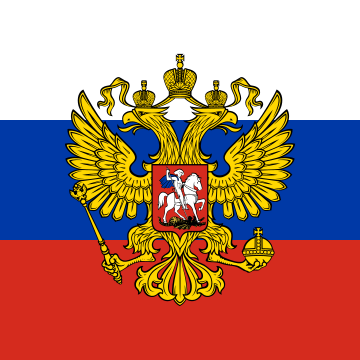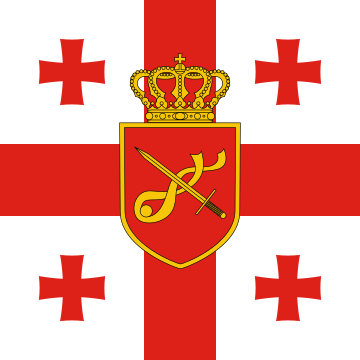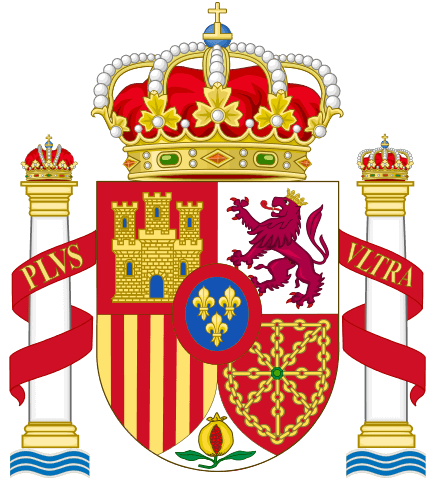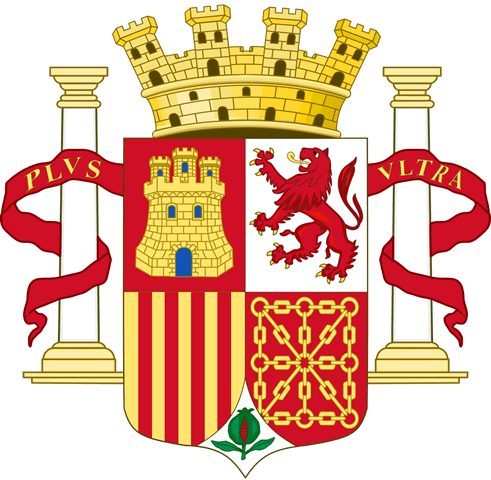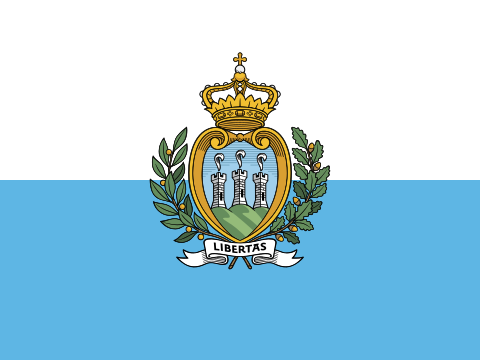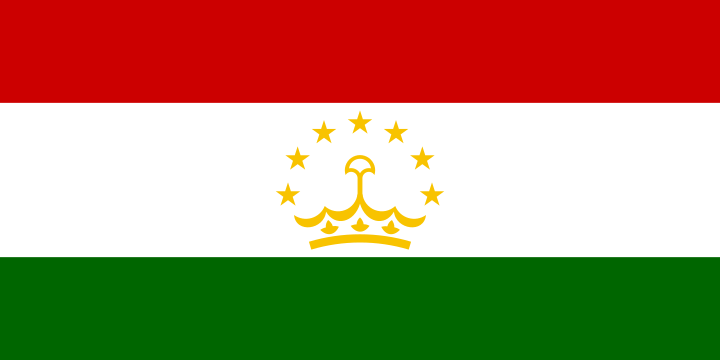Crowned Republics?
Originally published in the Vexilloid Tabloid, no. 93,
After the fall of communist governments, a number of Eastern European countries readopted pre-communist flags and coats of arms. In some cases, these include monarchical symbolism despite the fact that the countries are now republics.
The flag of the Republic of Serbia prominently features a royal crown atop the arms. Its neighbor Montenegro, also a republic, has a double-headed eagle with crown, orb and scepter.
Sometimes the national flag has no crown, but other official flags do. The President of Hungary’s flag features St. Stephen’s crown with its characteristic bent cross. The President of Russia has a tsarist eagle with three crowns. In Georgia, the President’s flag has no crown, but the Minister of Defense does.
The symbolism, one might think, is not very apt. It’s been asserted that “putting a crown on your country’s flag is the visual equivalent of putting ‘Kingdom of’ before your country’s name.” (I can’t now recall where I found it put in those terms – if you recognize your own quotation, please let me know!)
If these countries don’t wish to restore their former monarchies, maybe they ought to alter their symbols accordingly. During the 1931–39 Spanish Republic, for example, the national arms’ three royal crowns were replaced with the walls and towers of a mural crown – which dates back to the Roman Republic and is a common heraldic symbol of cities.
On the other hand, perhaps a crown doesn’t have to imply a crowned head. The arms of San Marino, a republic since 301 C.E., have long featured a crown. It’s meant purely as a symbol of sovereignty: an indication that San Marino is the equal of any sovereign kingdom.
And one former Soviet state uses a crown for a different reason altogether. On Tajikistan’s flag, it alludes to the popular (though almost certainly false) etymology that links the country’s name to the Persian and Arabic word taj, meaning “crown”.
